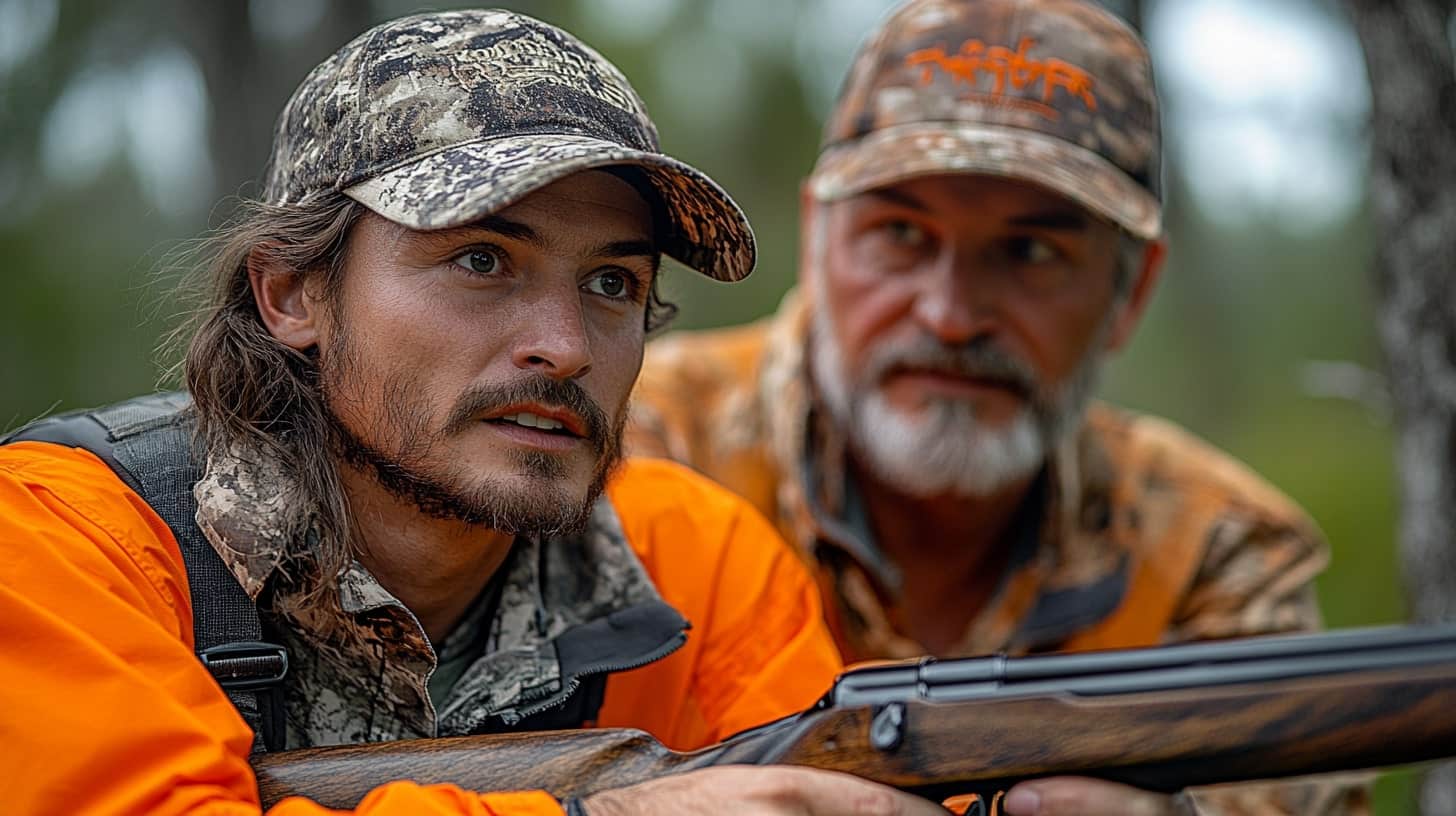Hunting is one of the oldest traditions known to humankind, requiring skill, patience, and the right equipment. For a beginner, selecting a shotgun can be overwhelming due to the variety of options available. Choosing the right firearm ensures safety, accuracy, and an enjoyable hunting experience. In this guide, we’ll explore different shotgun calibers, types, and features to help you find the perfect fit for your needs.
Understanding Shotgun Calibers
The caliber (or gauge) of a shotgun refers to the size of the bore and the type of ammunition it fires. The most common shotgun gauges include 12-gauge, 20-gauge, and .410 bore. Each has distinct advantages depending on the type of game you plan to hunt and your experience level.
12-Gauge: The All-Purpose Choice
The 12-gauge shotgun is the most versatile and widely used gauge among hunters. It is powerful enough for large game such as deer, turkeys, and waterfowl while also suitable for smaller game when using lighter loads. Beginners may find 12-gauge recoil strong, but modern shotguns with recoil pads and gas-operated systems make it more manageable.
20-Gauge: A Balanced Option for Beginners
A 20-gauge shotgun is an excellent choice for new hunters. It offers a balance between power and reduced recoil, making it easier to handle, especially for younger or smaller-framed shooters. It is ideal for hunting upland birds, rabbits, and even waterfowl with the right load.
.410 Bore: A Lightweight Option for Small Game
The .410 bore is the smallest commonly available shotgun and is often recommended for beginners due to its low recoil. However, its limited power and small shot spread make it less effective for hunting larger game. It is best suited for squirrels, rabbits, and birds at close range.
Choosing the right gauge depends on your hunting style, physical comfort with recoil, and intended game. If unsure, a 20-gauge is a great starting point for most beginners.
Types of Shotguns and Their Uses
Shotguns come in various action types, each offering different advantages in terms of reliability, speed, and ease of use. Understanding the pros and cons of each type will help you determine which is best suited for your hunting needs.
Pump-Action Shotguns: Reliable and Affordable
Pump-action shotguns are among the most popular choices for beginners. Their simple design makes them durable and affordable, and they can handle a variety of loads. The pump-action mechanism requires the shooter to manually cycle the action between shots, making it slightly slower than semi-automatics but incredibly reliable.
Best For: Waterfowl hunting, turkey hunting, and home defense.
Semi-Automatic Shotguns: Faster Follow-Up Shots
Semi-automatic shotguns offer the advantage of quick follow-up shots since they automatically cycle the next round. This makes them ideal for hunting situations where multiple shots may be necessary, such as duck or dove hunting. Modern gas-operated semi-autos also help reduce recoil, making them easier to shoot for extended periods.
Best For: Waterfowl hunting, clay shooting, and general hunting.
Break-Action Shotguns: Simplicity and Precision
Break-action shotguns, including single-shot and double-barrel models, are straightforward and often used for upland hunting. They are lightweight, easy to maintain, and encourage careful shot placement since they typically hold only one or two shells.
Best For: Upland bird hunting and sport shooting.
For beginners, pump-action and semi-automatic shotguns are the most recommended due to their versatility and ease of use.
Key Features to Consider When Choosing a Shotgun
Beyond gauge and type, several features determine how well a shotgun fits you and suits your hunting style.
1. Fit and Comfort
A shotgun should feel natural when shouldered. Pay attention to the length of pull (distance from the trigger to the end of the stock) and ensure it matches your arm length. A poorly fitting shotgun can affect accuracy and comfort.
2. Barrel Length
Barrel length impacts how the shotgun handles. Shorter barrels (24-26 inches) offer better maneuverability in dense brush, while longer barrels (28-30 inches) provide a smoother swing for waterfowl and clay shooting.
3. Choke Tubes
Chokes control the spread of the shot pattern, allowing hunters to adjust for different distances and game. Many modern shotguns come with interchangeable chokes, making them more versatile. Beginners should start with a modified choke, which provides a balanced spread for general hunting.
4. Recoil Management
If recoil is a concern, look for shotguns with recoil pads or gas-operated semi-automatic systems that reduce felt recoil. Shooting lighter loads can also help minimize discomfort.
5. Weight and Balance
A lighter shotgun is easier to carry on long hunts but may have more recoil. Heavier shotguns absorb recoil better but can be tiring to hold for extended periods. Finding the right balance is key.
Best Shotguns for Beginner Hunters
Here are some highly recommended shotguns for those new to hunting:
- Remington 870 Express (12-Gauge or 20-Gauge) – A classic pump-action shotgun known for reliability and affordability.
- Mossberg 500 (12-Gauge or 20-Gauge) – Another excellent pump-action option with a durable design.
- Beretta A300 Outlander (12-Gauge) – A reliable semi-automatic shotgun with reduced recoil.
- Benelli SuperNova (12-Gauge) – A solid choice for waterfowl hunters needing a dependable pump-action shotgun.
- Stoeger M3000 (12-Gauge) – A budget-friendly semi-automatic shotgun ideal for beginners.
Conclusion
Choosing the right shotgun as a beginner hunter can seem daunting, but by understanding gauges, action types, and key features, you can make an informed decision. A well-chosen shotgun will improve accuracy, enhance comfort, and provide a more enjoyable hunting experience.
For most beginners, a 20-gauge pump-action or semi-automatic shotgun is an excellent starting point due to its balance of power and manageable recoil. However, the best choice depends on personal comfort, hunting style, and the game you plan to hunt.
Take your time, visit a gun store or shooting range to test different models, and ensure your shotgun fits well before making a purchase. With the right firearm in hand, you’ll be well on your way to an exciting and successful hunting journey.

